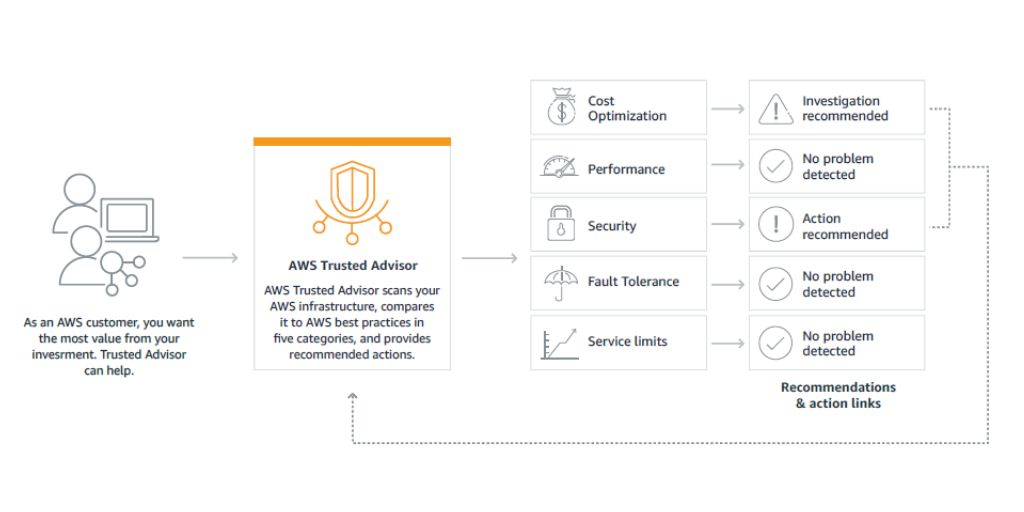AWS Public Sector Blog
The value of document databases in the public sector: A spotlight on Amazon DocumentDB
Document databases make it simpler for developers to store and query data in a database by using the same document-model format they use in their application code. Amazon DocumentDB is a fast, scalable, highly available, and fully managed document database service that supports MongoDB workloads. This blog post details how public sector organizations are using Amazon DocumentDB, and why so many organizations are turning to this purpose-built database to address JSON intensive applications.
Purpose-built databases: The model for building applications in the cloud
The era of the cloud has simply accelerated the push to microservices as organizations want to adopt new, distributed models for building applications to drive agility, innovation, and efficiency. The AWS portfolio of purpose-built databases can help with this movement. AWS offers a broad and deep portfolio of purpose-built databases that support diverse data models and allow customers to build data driven, highly scalable, distributed applications. This allows you to pick the best database to solve a specific problem and break away from restrictive commercial databases to focus on building applications to meet the needs of their organization.
Addressing emergencies and disruptions to create business continuity
While disruptive events are challenging for any organization, sudden and large-scale incidents such as natural disasters, IT outages, pandemics, and cyber-attacks can expose critical gaps in technology, culture, and organizational resiliency. Even smaller, unexpected events such as water damage to a critical facility or electrical outages can negatively impact your organization if there is no long-term resiliency plan in place. These events can have significant consequences on your employees, stakeholders, and mission, and can result in long-term financial losses, lost productivity, loss of life, a deterioration of trust with citizens and customers, and lasting reputational damage.
Optimizing your call center to improve citizen services with the cloud
Public sector organizations are experiencing a high volume of requests for information ranging from health to finances to municipal services. At a time when in-person interaction is limited, citizens can call into contact centers to get the insights they need to make real-time decisions about their health and safety. Many organizations are turning to the cloud to quickly scale and deploy a contact center. But, understanding your cloud contact center at granular level can help better serve your constituents.
Using advanced analytics to accelerate problem solving in the public sector
Organizations across the globe are using advanced analytics and data science to predict and make decisions. They are finding ways to use their vast and diverse data stores to predict the best place to put their next retail store, what products to recommend to customers, how many employees they need for peak hours of operation, and how long a piece of machinery has until it needs maintenance. Public sector organizations in government, education, nonprofit, and healthcare are looking to use data to advance their missions too. Learn how.
TCO and cost optimization: Best practices for managing usage on AWS
While moving to the cloud saves cost when compared to on-premises IT models, it is important to inspect possible mistakes that could lead to unplanned cloud costs. Based on customer cost optimization consultations with AWS, some organizations have seen up to 33% reduction in cloud spending waste. Here we provide some tips and resources to recognize cloud cost optimization. What are some other common oversights customers make that can drive up their cloud spend? Avoid the following missteps.






